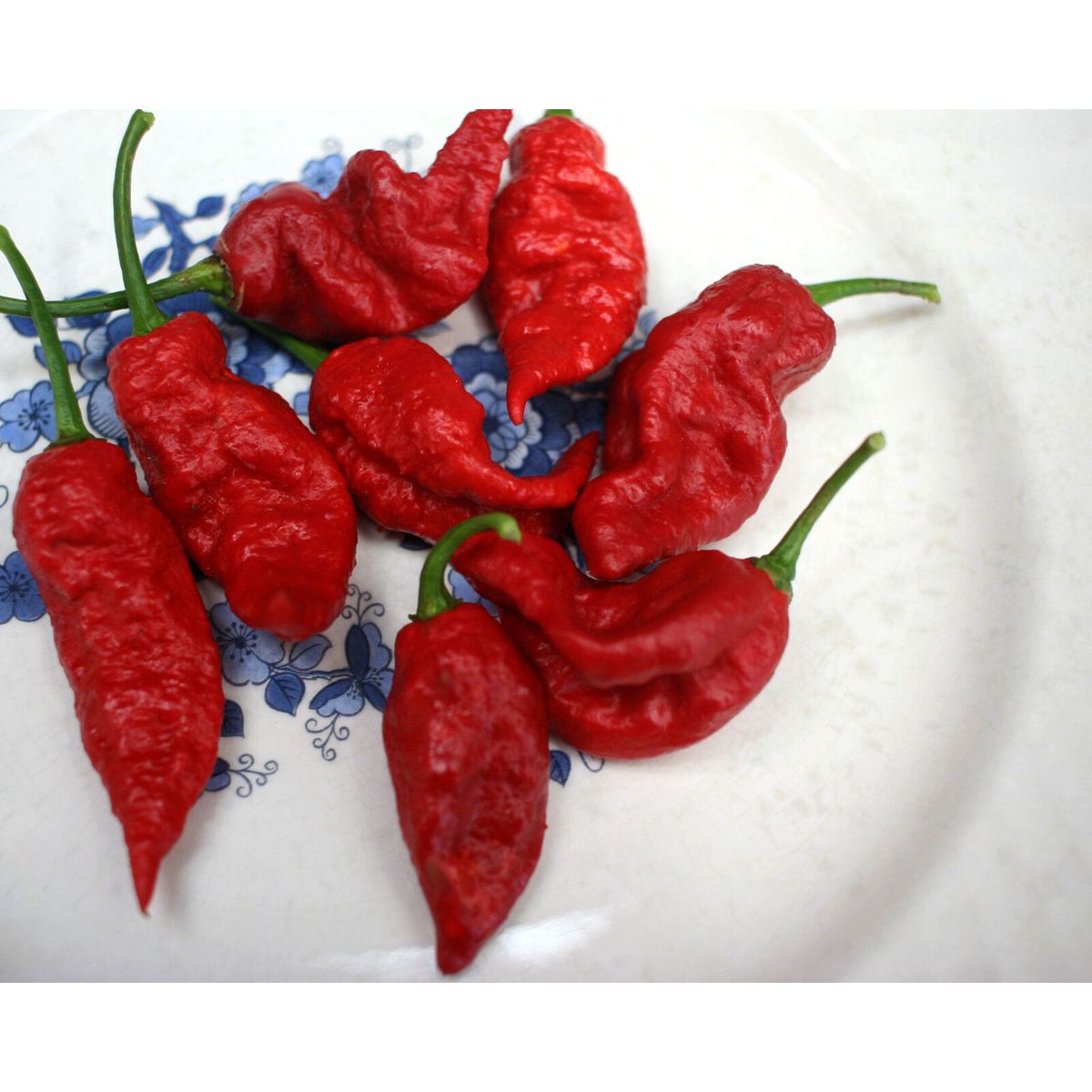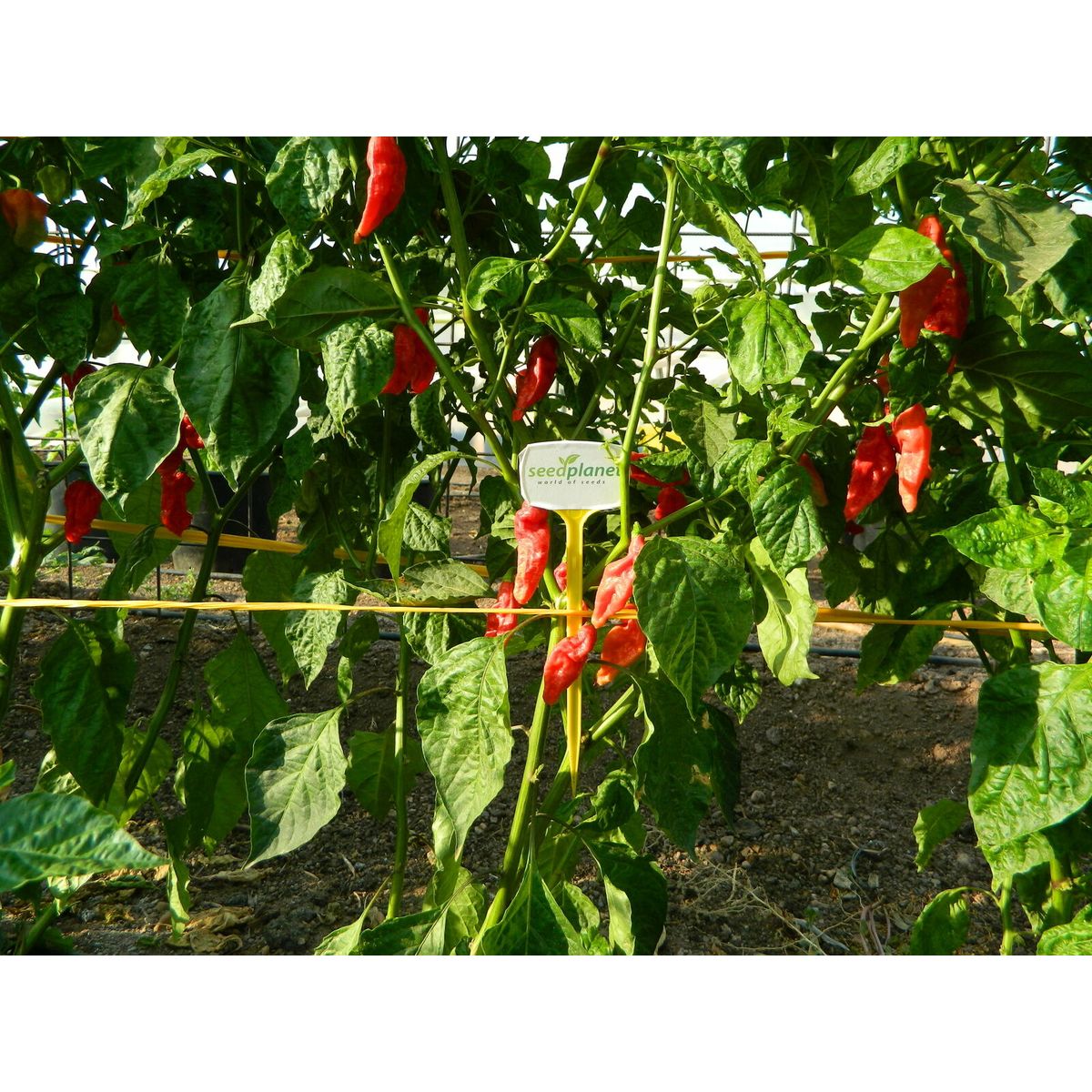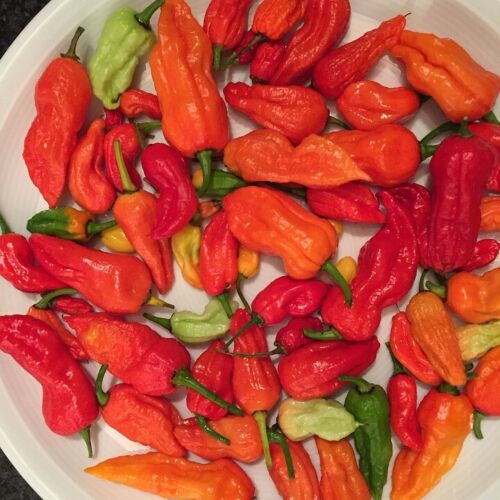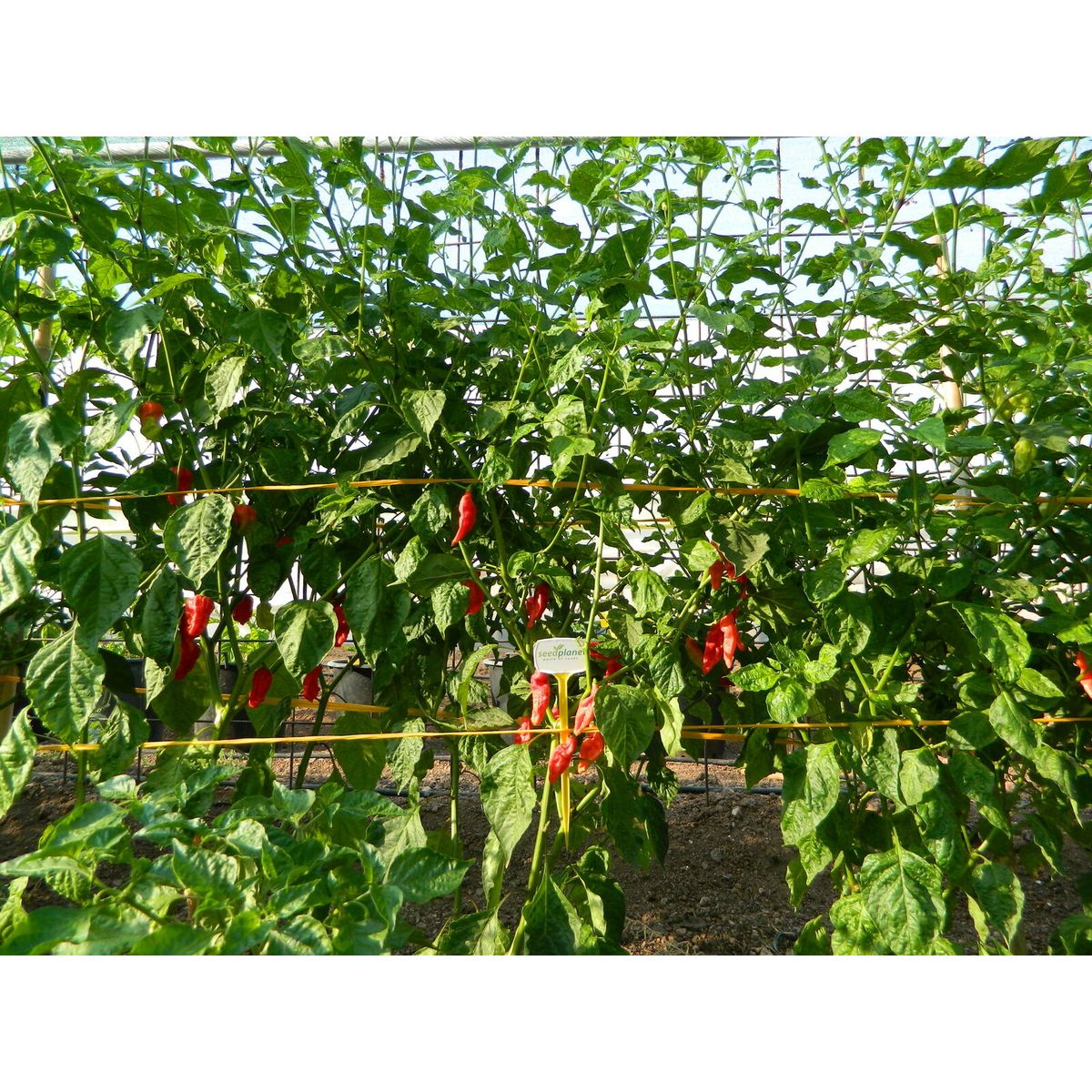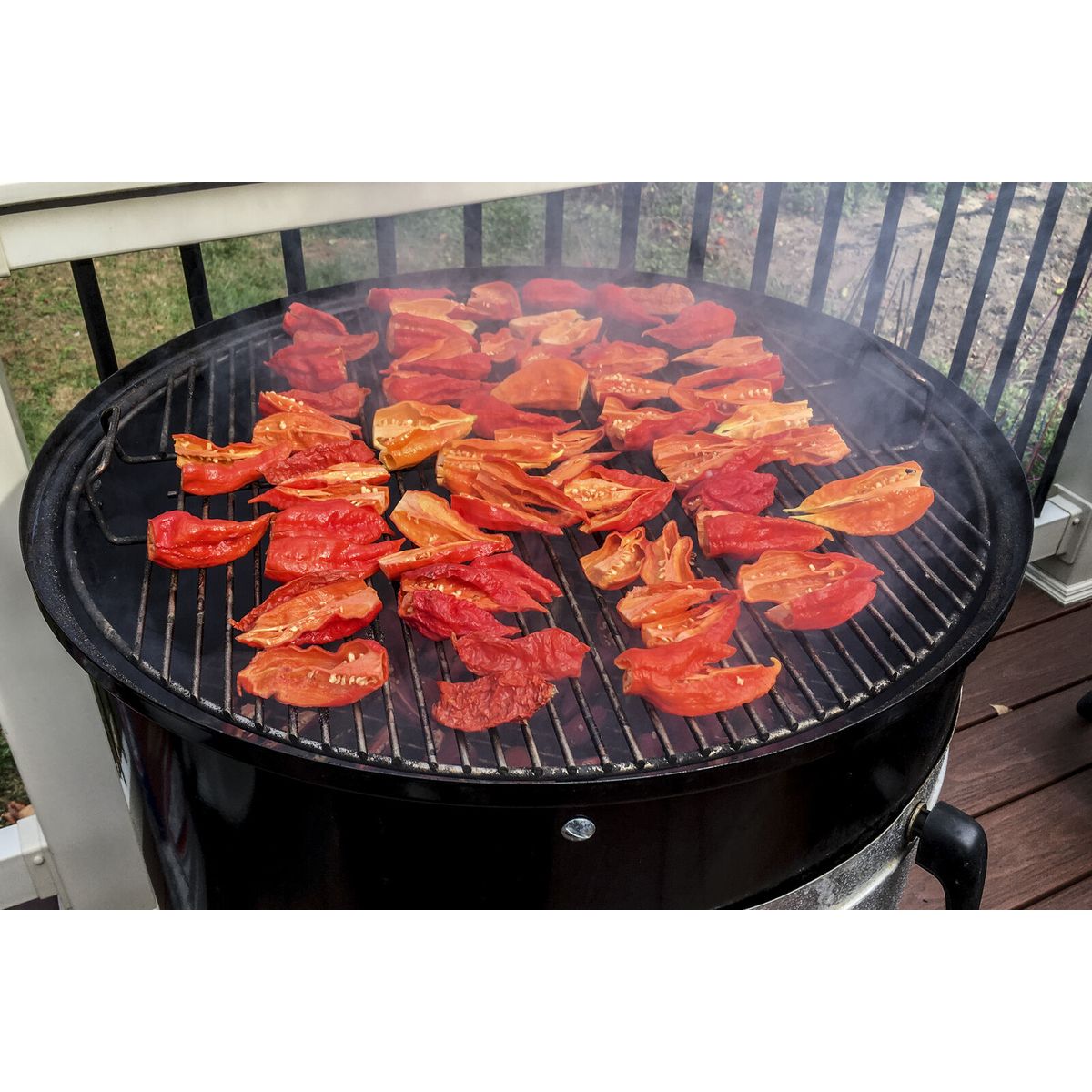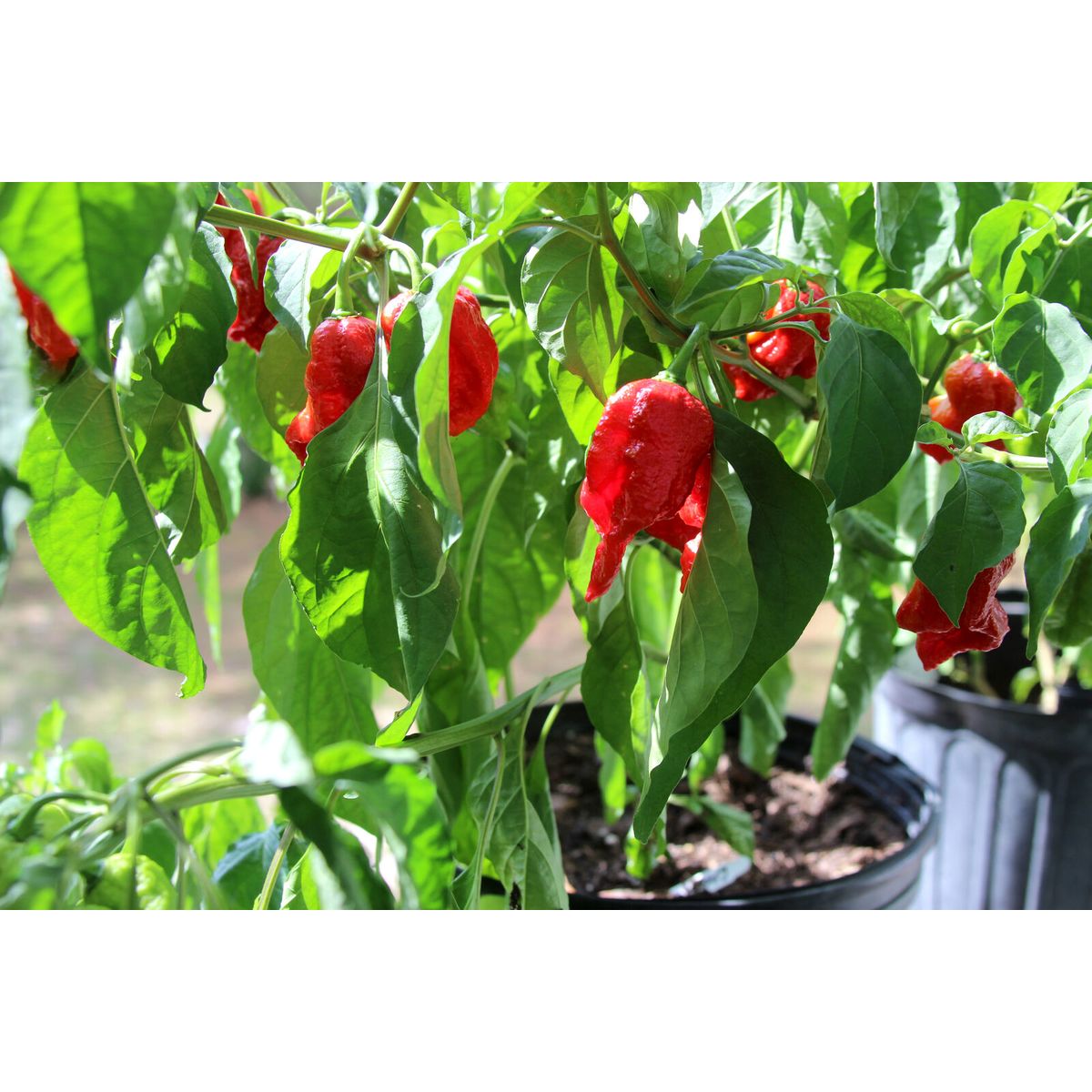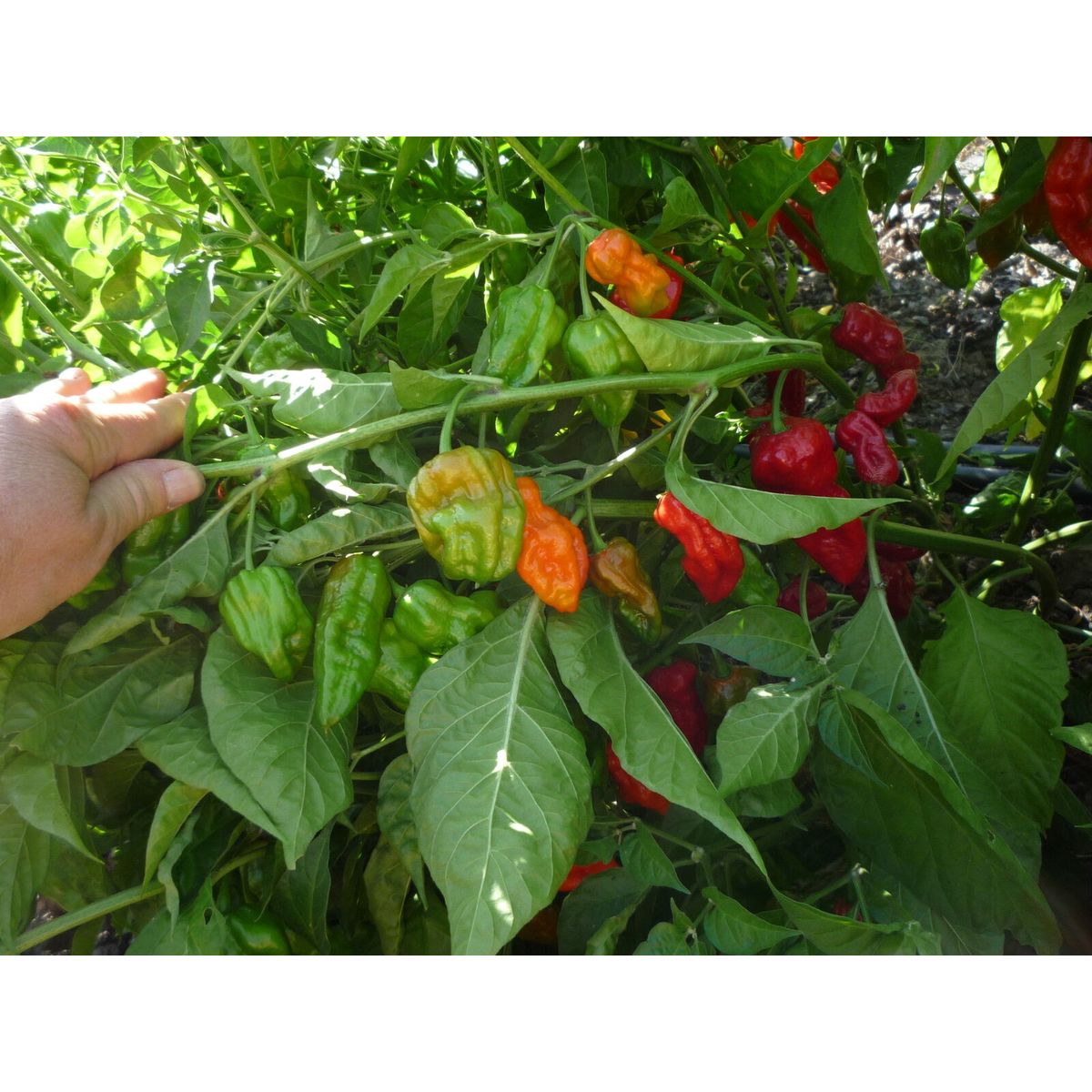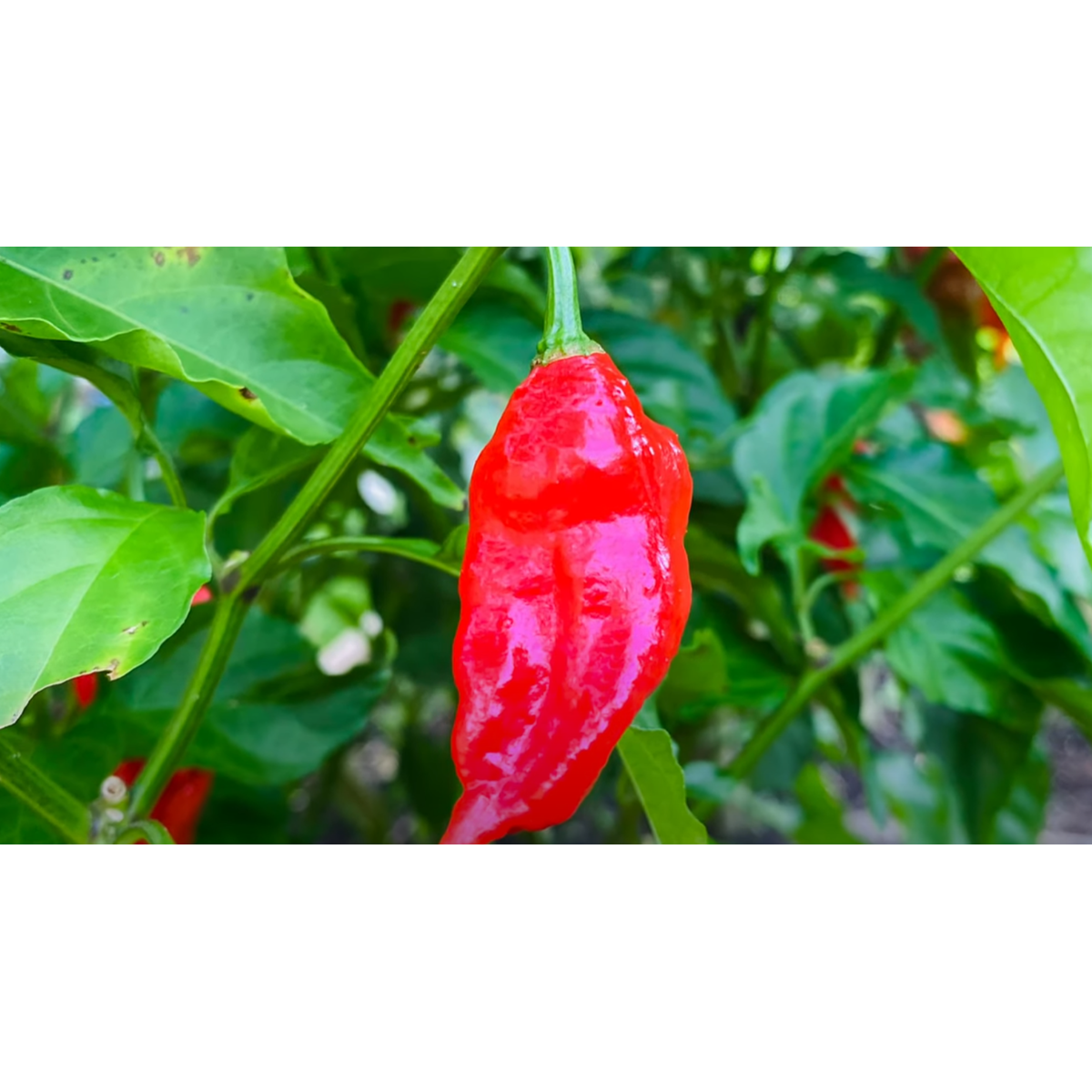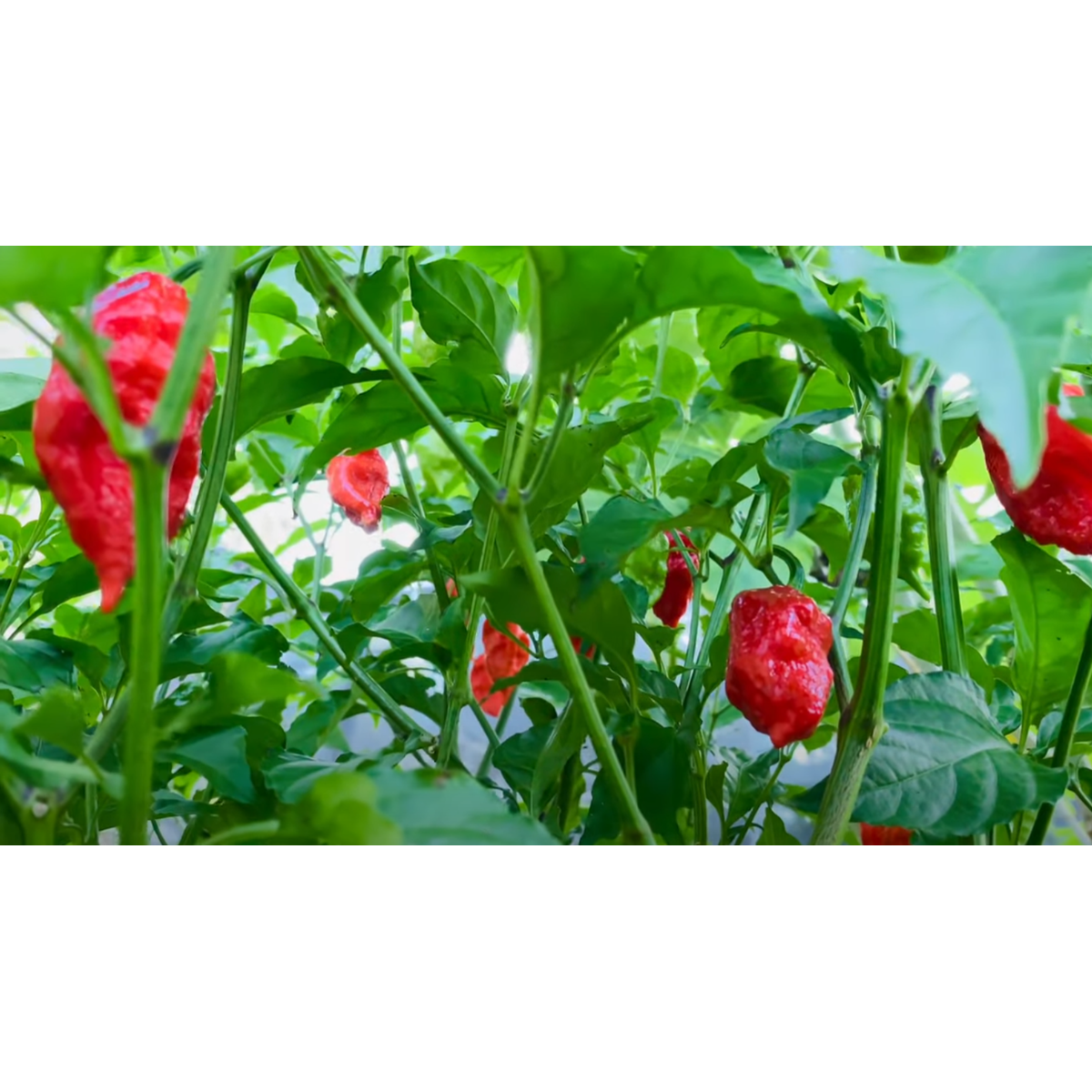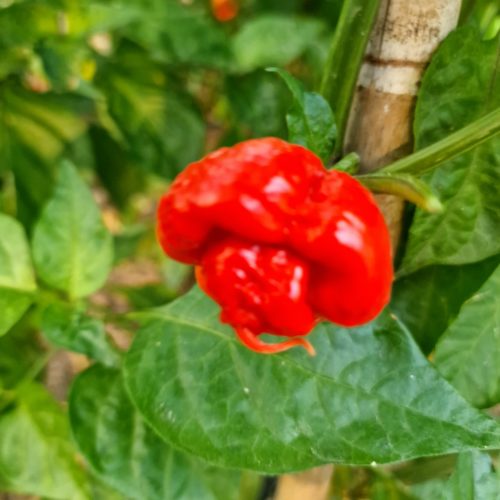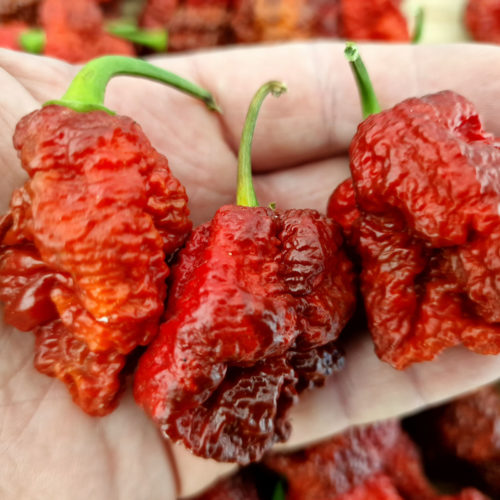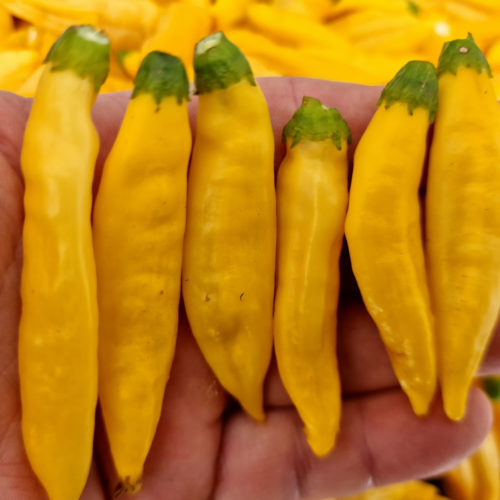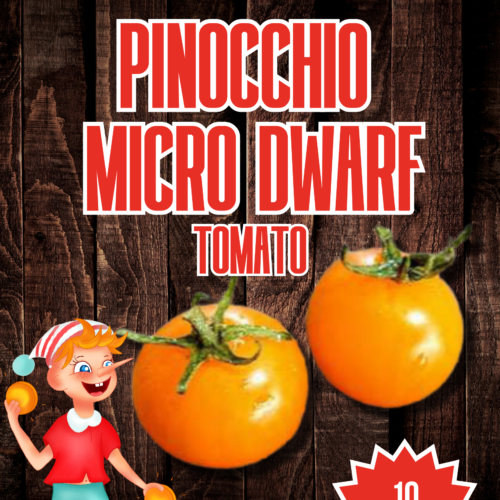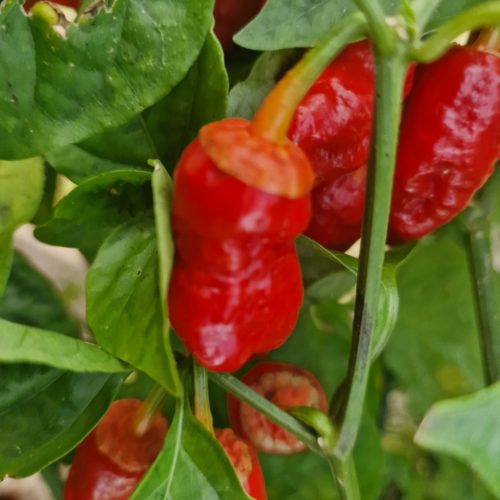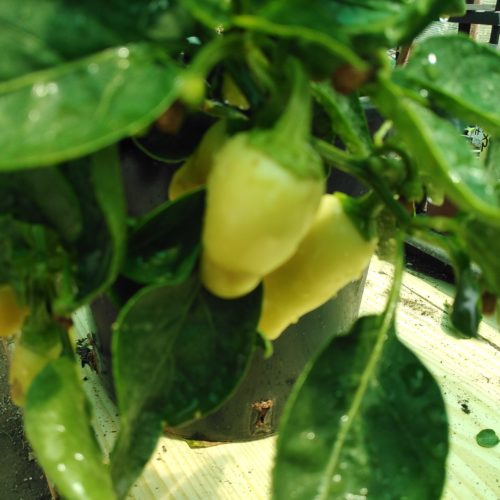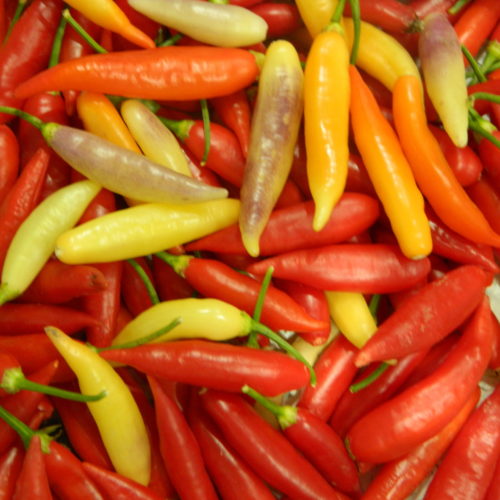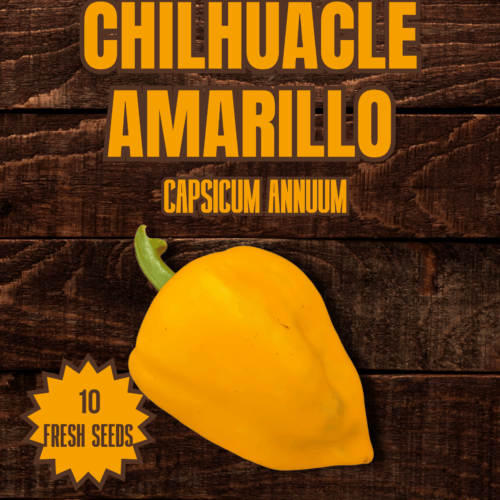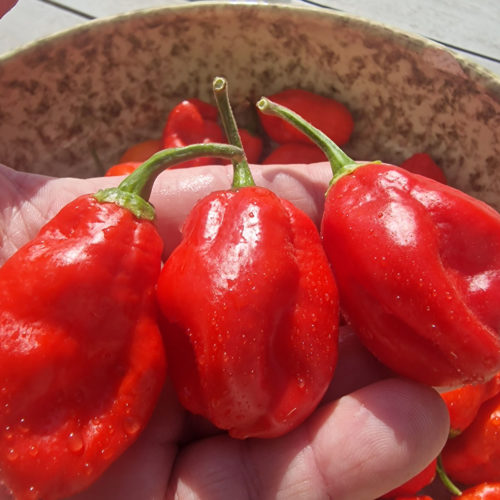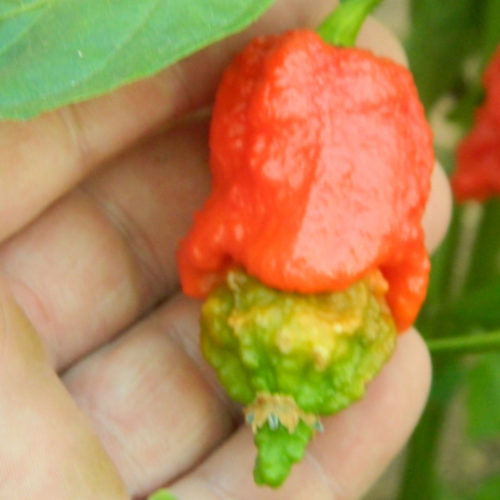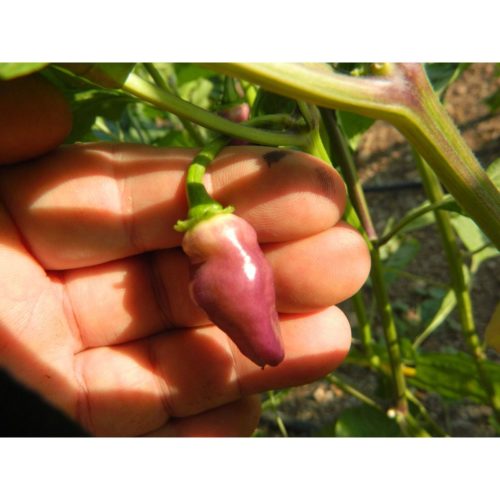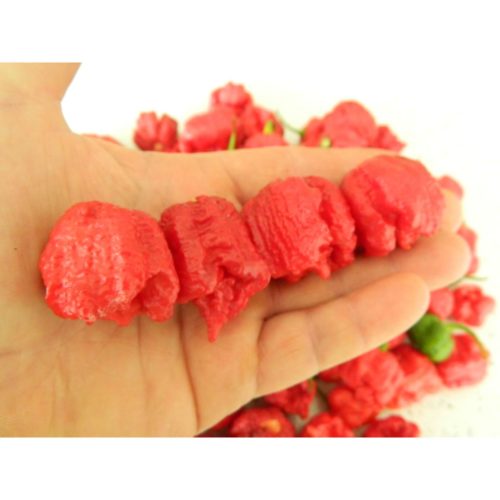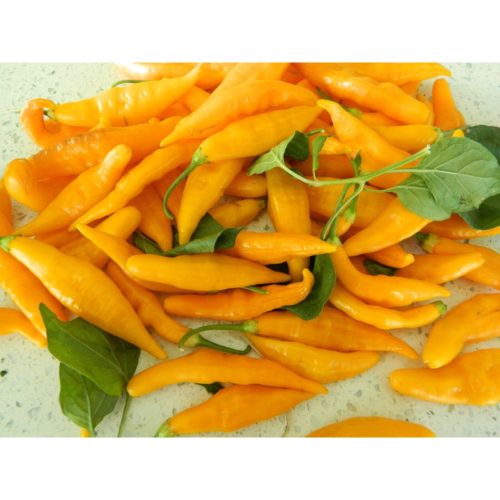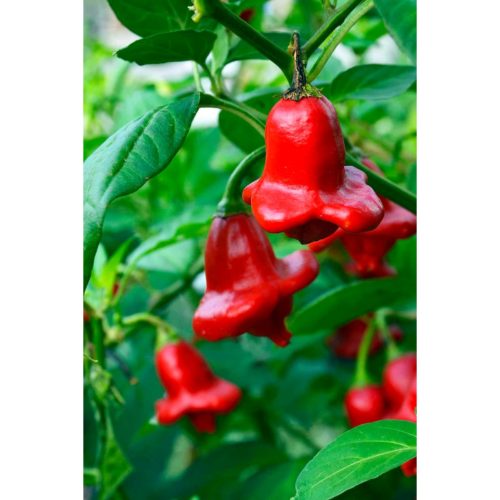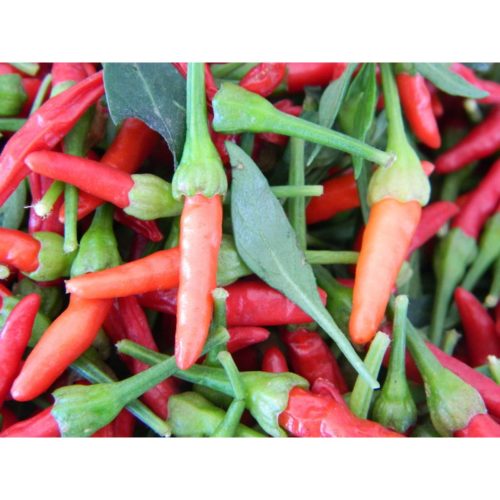Ghost Pepper Chilli Seeds – 10 Fresh Seeds
Harvested from our South Wales seed farm, these seeds are about as fresh as you can get.
The ghost pepper, also known as Bhut Jolokia (which literally means Bhutanese chilli in Assamese, is an interspecific hybrid chili pepper cultivated in Northeast India. It is a hybrid of Capsicum chinense and Capsicum frutescens and is closely related to the Naga Morich.
Bhut jolokia is a self-pollinated plant, however, considerable cross pollination (up to 10%) may occur when insect population is high. It behaves as a semi-perennial herb if grown under optimal condition. The plant grows to a height of 57-129 cm at 6 months. Under semi perennial situation it may grow even taller. The stem is grJolokia planteen with anthocyanin (dark color pigments) pigmentation on the nodes.
Leaves are ovate in shape and the surface has the characteristic crinkle look. It has pendant, with creamy white corollas, often with a touch of light green and has clustering flowering habit with 2-3 flowers per node but at maturity there are rarely more than two fruits per node. The panthers are blue while the filaments are purple. The elongated fruits are 5 to 7 cm in length, 2.5 to 3.0 cm in diameter, with an undulating surface. There are at least three distinct colours found in Bhut jolokia like light red, dark red and orange.
The following trends have been recorded such as
Young light green coloured fruits turn orange at maturity
Young dark green coloured fruits turn dark red at maturity
Young green coloured fruits turn light red at maturity
Young dark green coloured fruits turn dark chocolate at maturity
The fruit possess 4-5 hollow locules and bears about condition, in a single season a plant produces around 15-20 full sized fruits and 10-14 smaller fruits.
Cultivation practices
Bhut Jolokia can be grown under diverse soil and climatic conditions. However, for optimum growth, it requires well drained sandy loam, clay loam or laterite soils.
Seeds should be extracted from completely matured fruits and dried. It is advisable to wear gloves during manual extraction of seeds. After drying, the seeds can be immediately germinated. However, the germination of seeds take long time (about 15-20 days) so it is advisable to treat the seeds with fungicides and insecticides to avoid damage of the seeds due to fungal or insect attack during the germination period. The dried seeds should be stored in air tight containers/polythene packets under refrigeration as the germination percentage decreases rapidly in high ambient temperature.
Seeds should be sown in seed beds established in sunny areas. Normal treatments of the seed bed should be followed. After 30 days, the seedling should be transplanted in the main field prepared with the fertilizer doses of normal chilli.
In North Eastern region there are two planting time, kharif and rabi. Kharif cultivation, practiced in the hilly states, starts in Feb/March and harvesting is done from May- June onwards. In the plains, it is grown as rabi crops during Sept-Oct. The productivity and pungency of rabi grown crop is generally more than kharif crop.
During the crop growth several diseases infest the plants in the North-East. The most common diseases are ‘die-back’, ‘anthracnose’ and ‘leaf curl’ for which adequate plant protection measures should be taken.
The chilli pods are picked when they are bright red/bright orange in colour. As in other chilli, several picking has to be done for complete harvesting.
In the North East, the Bhut Jolokia is mainly traded as fresh fruits and only a limited portion is traded as dried products. Drying of this chilly is easier because of its thin flesh and 4-5 sun drying is enough to dry it completely. The chilli retains its lustrous colour even after drying.
The average fresh fruit yield of this chilli is around 80-100q /ha under rainfed condition while dry weight ranges from 10-12 q/ha.


